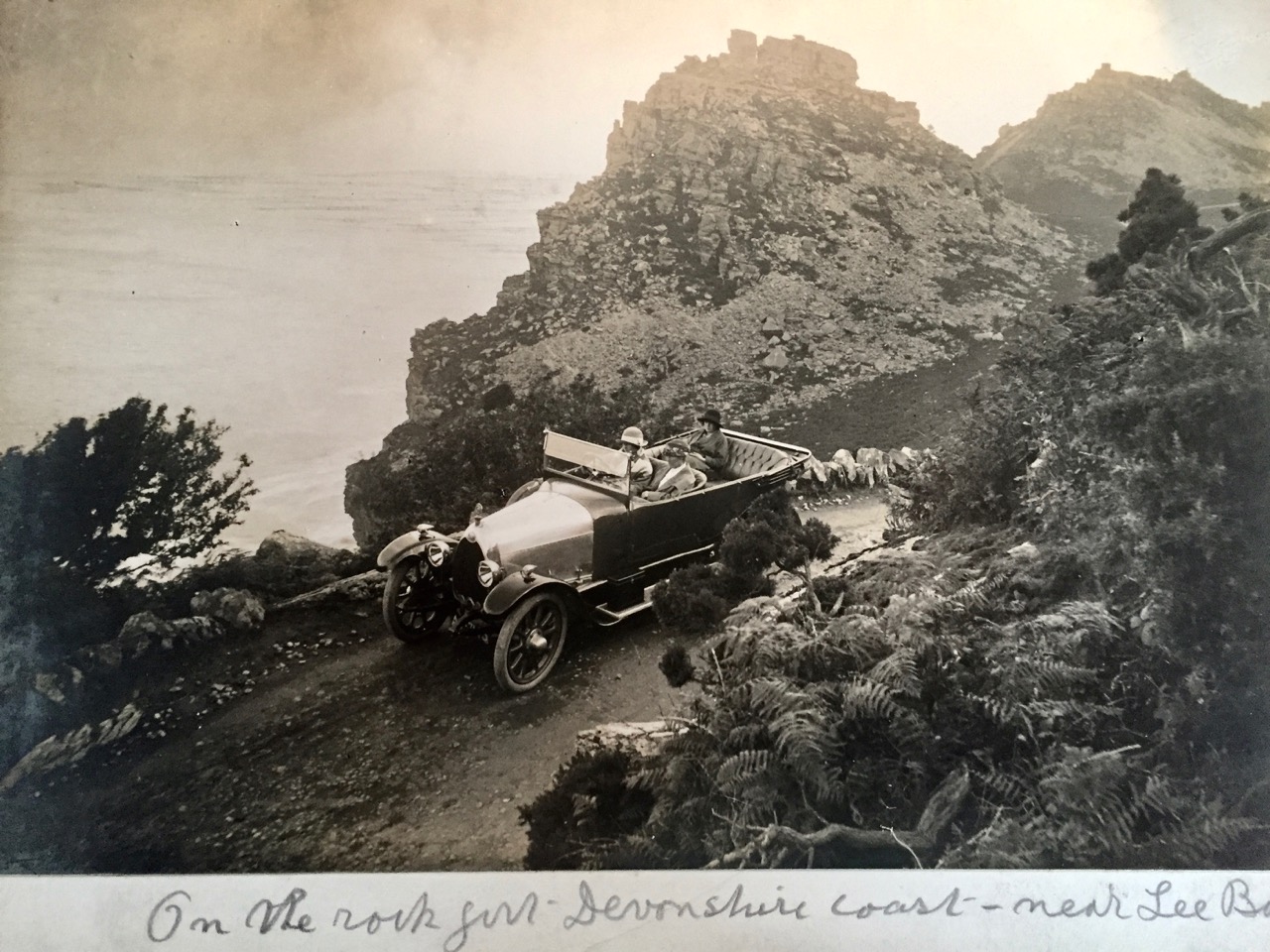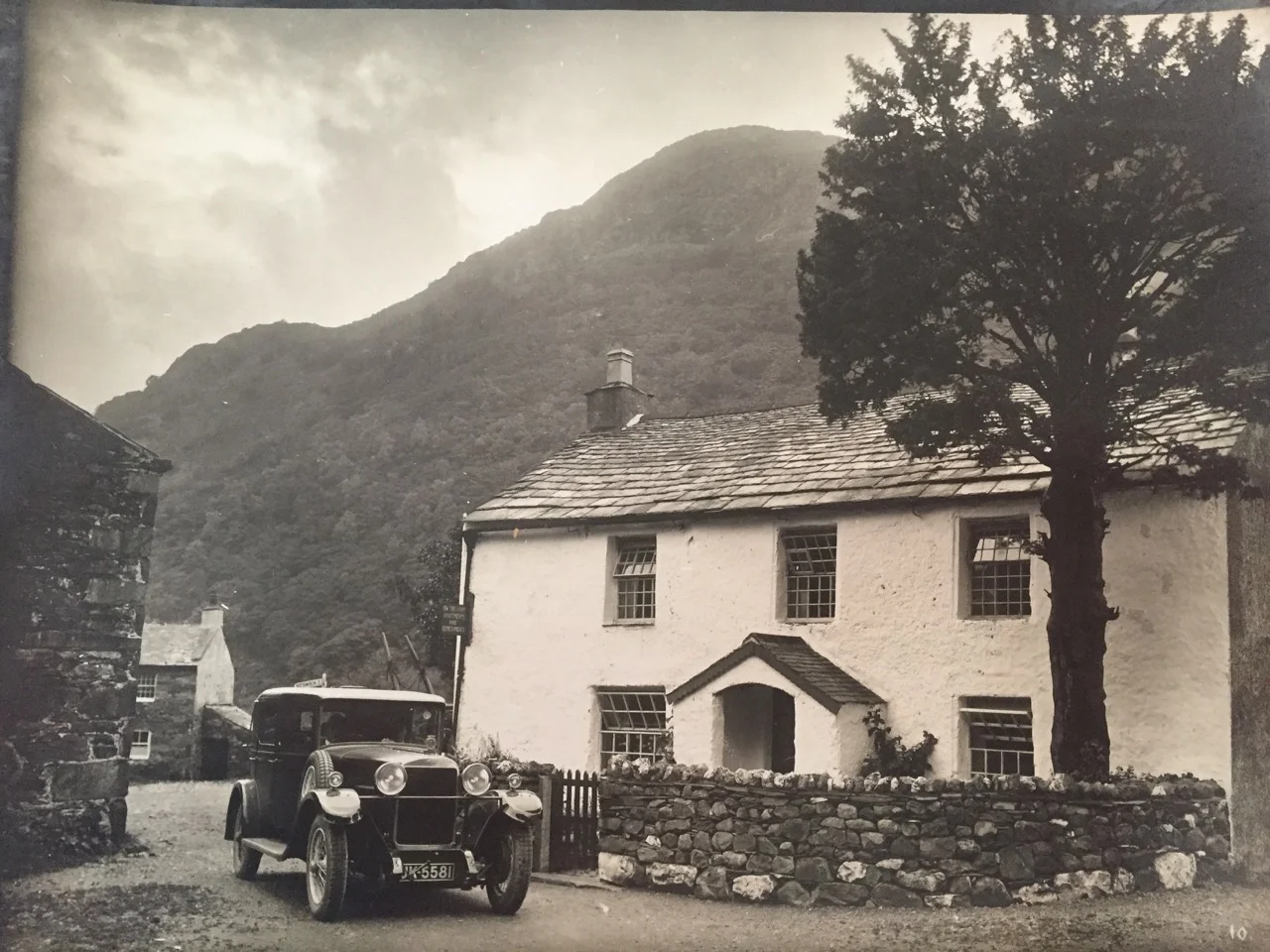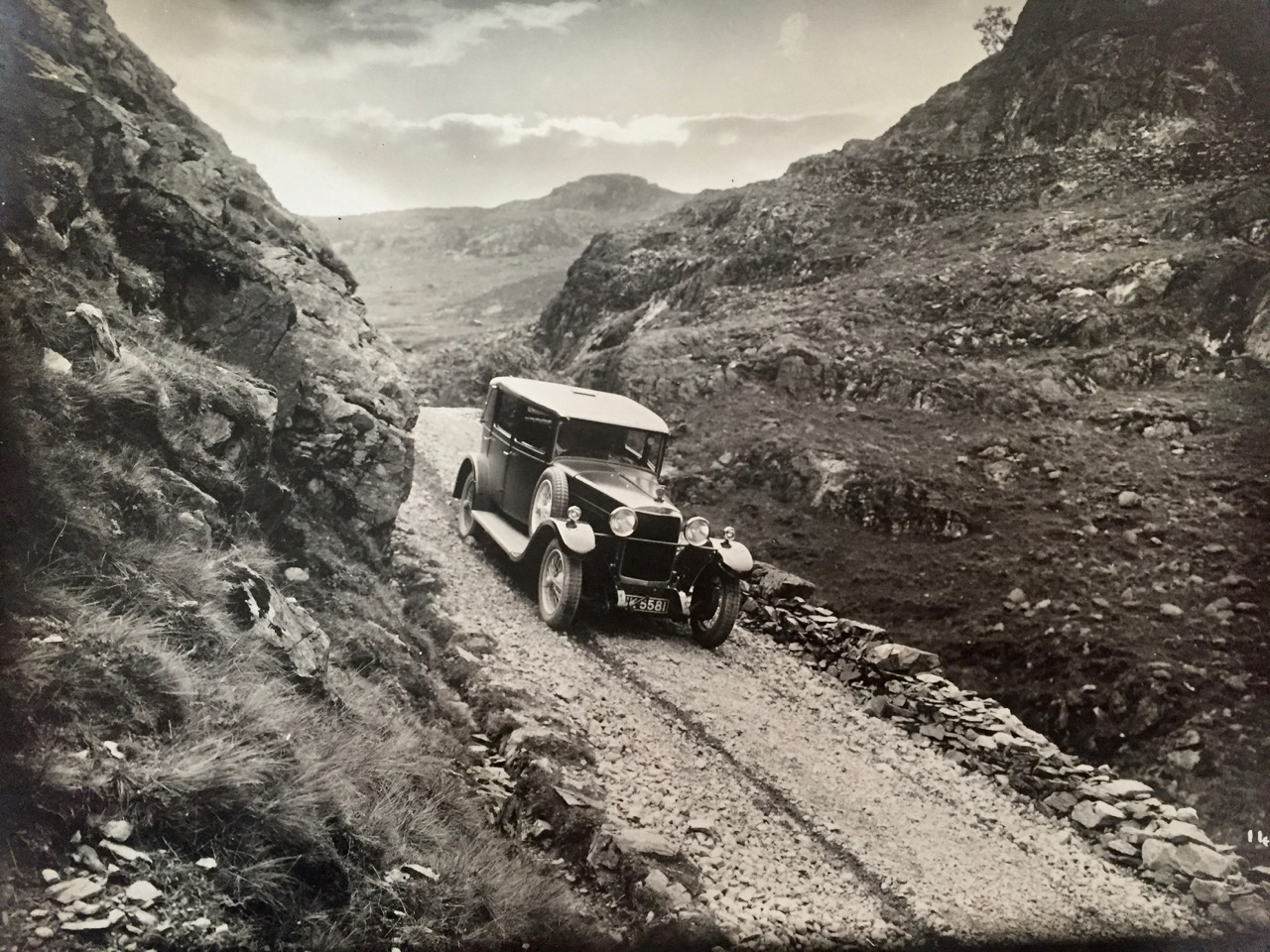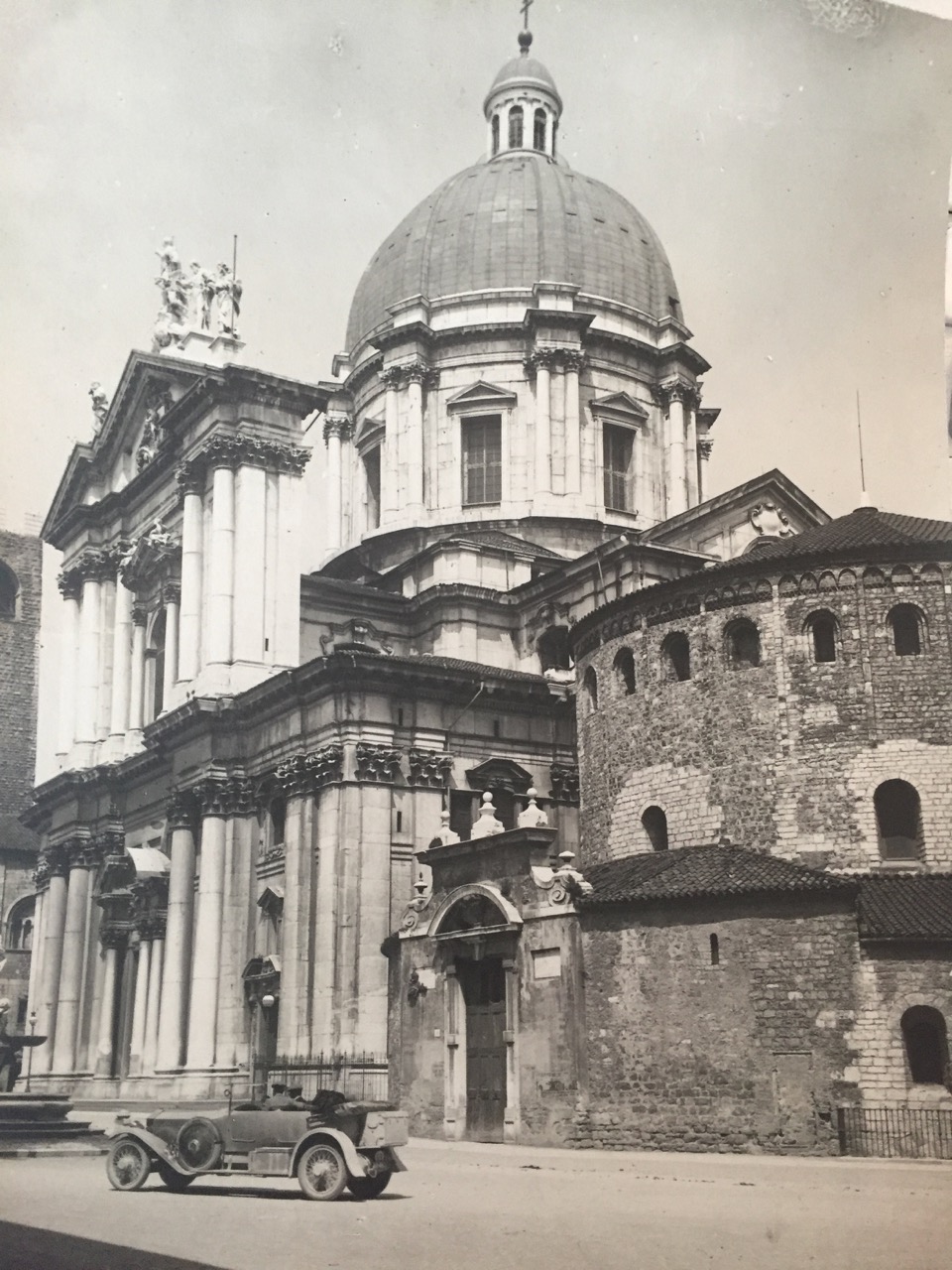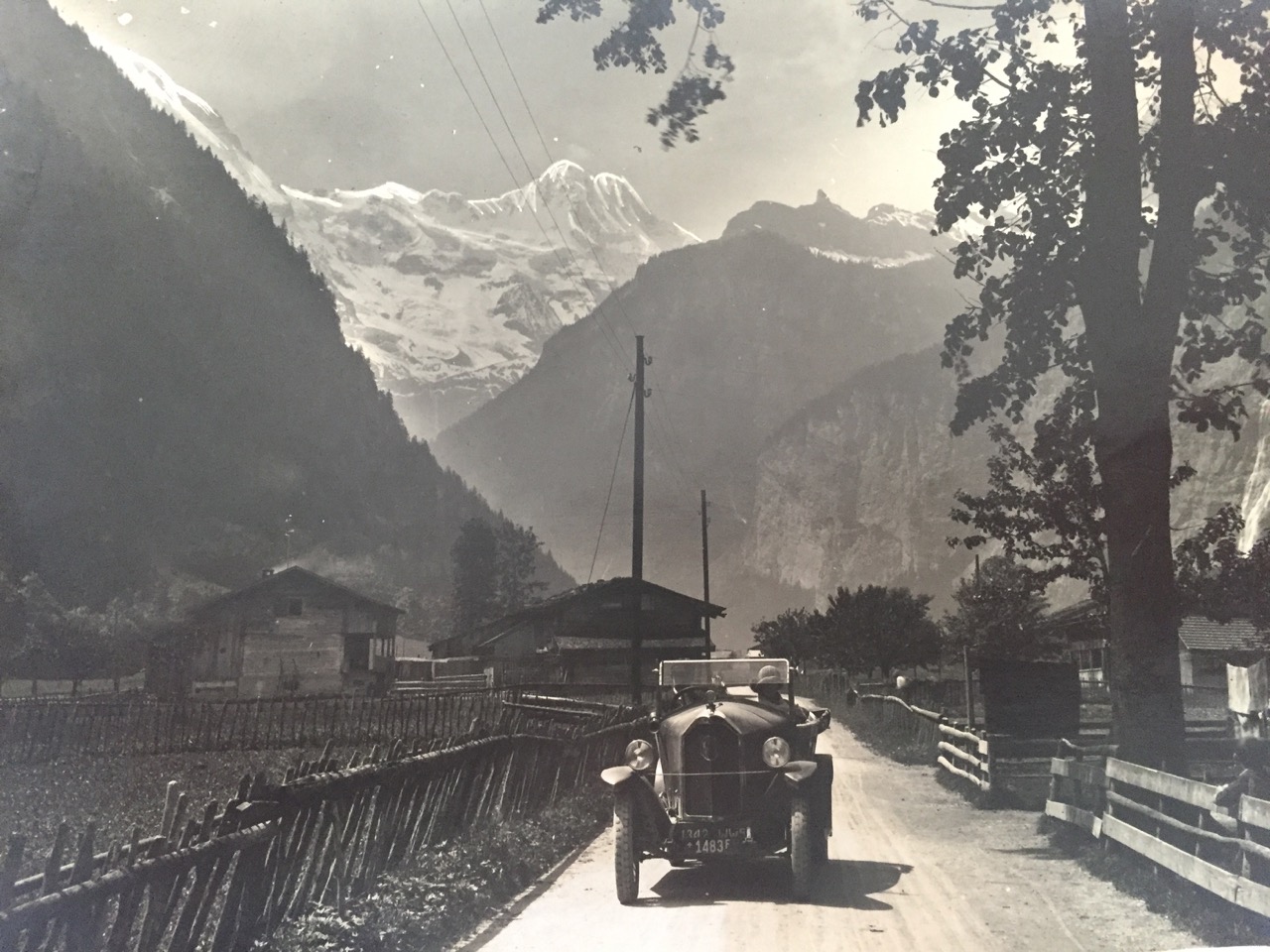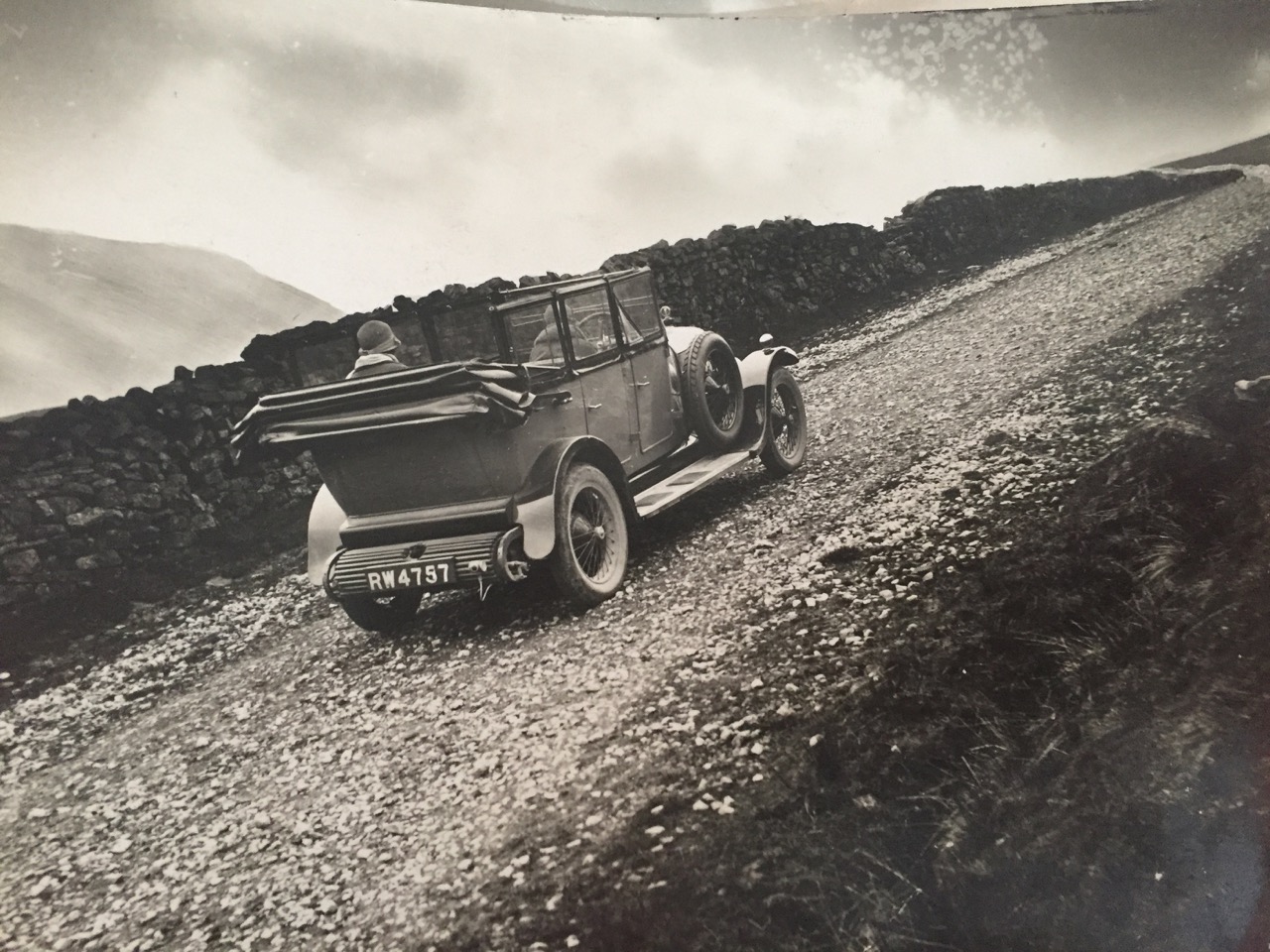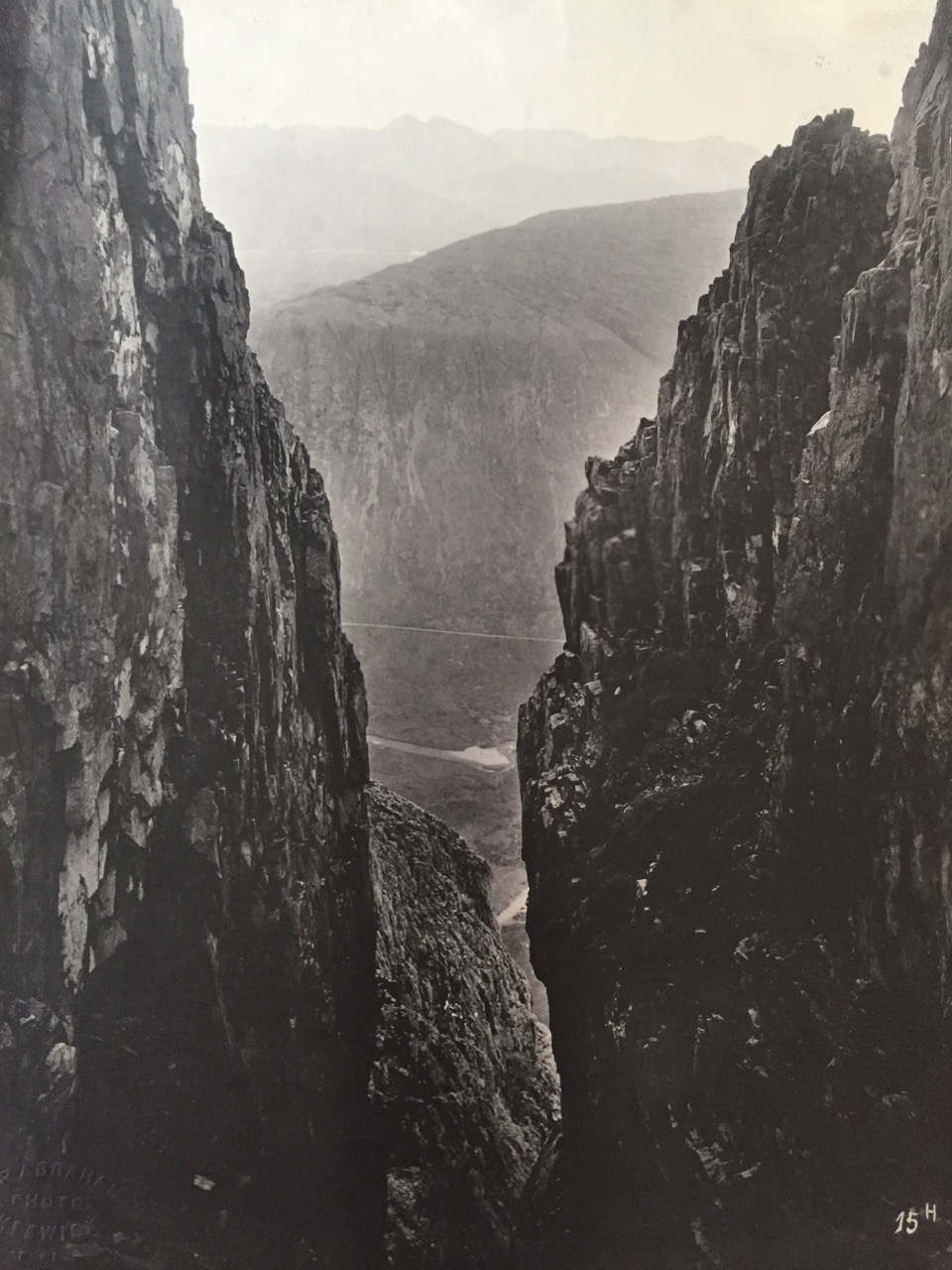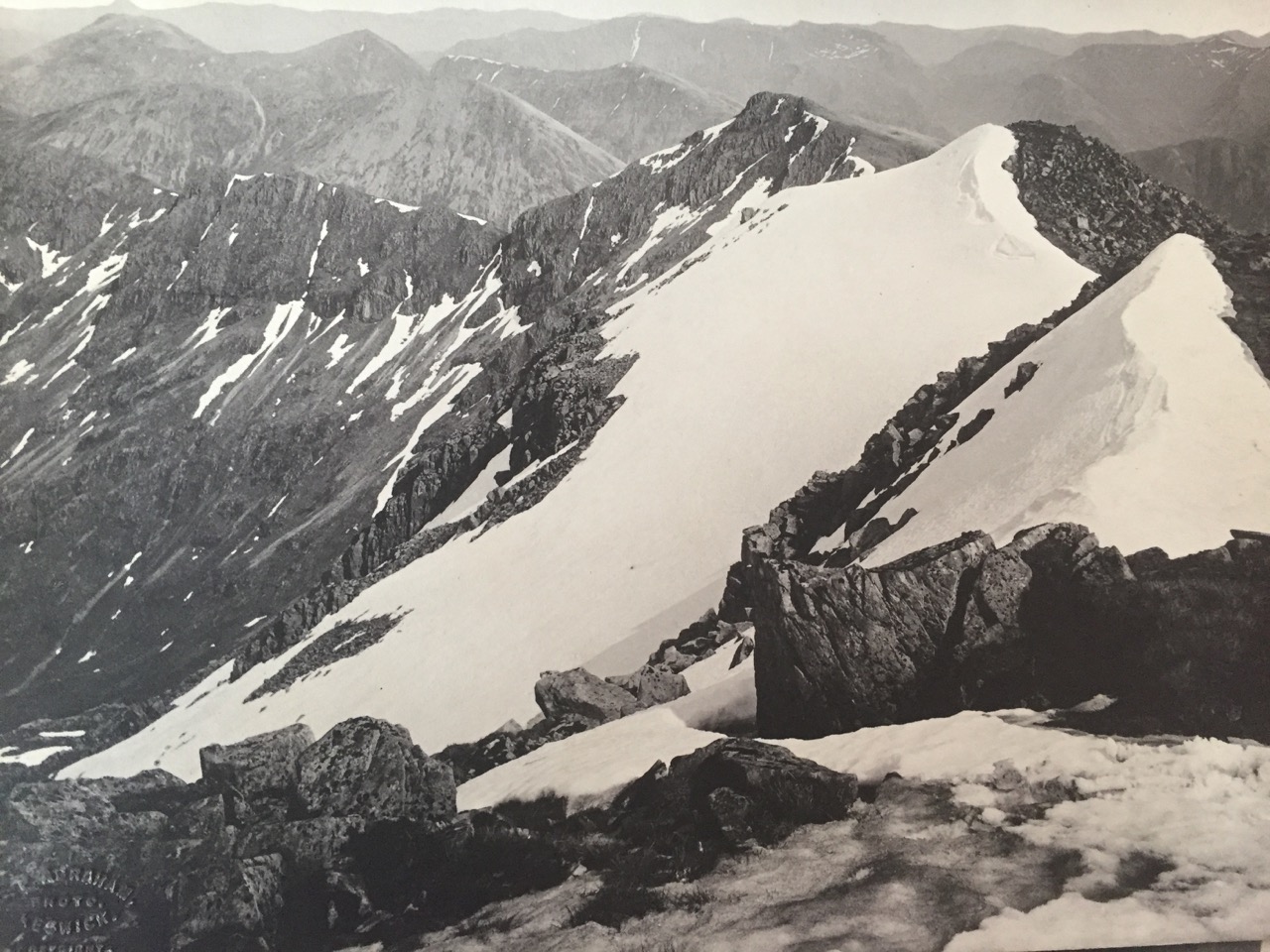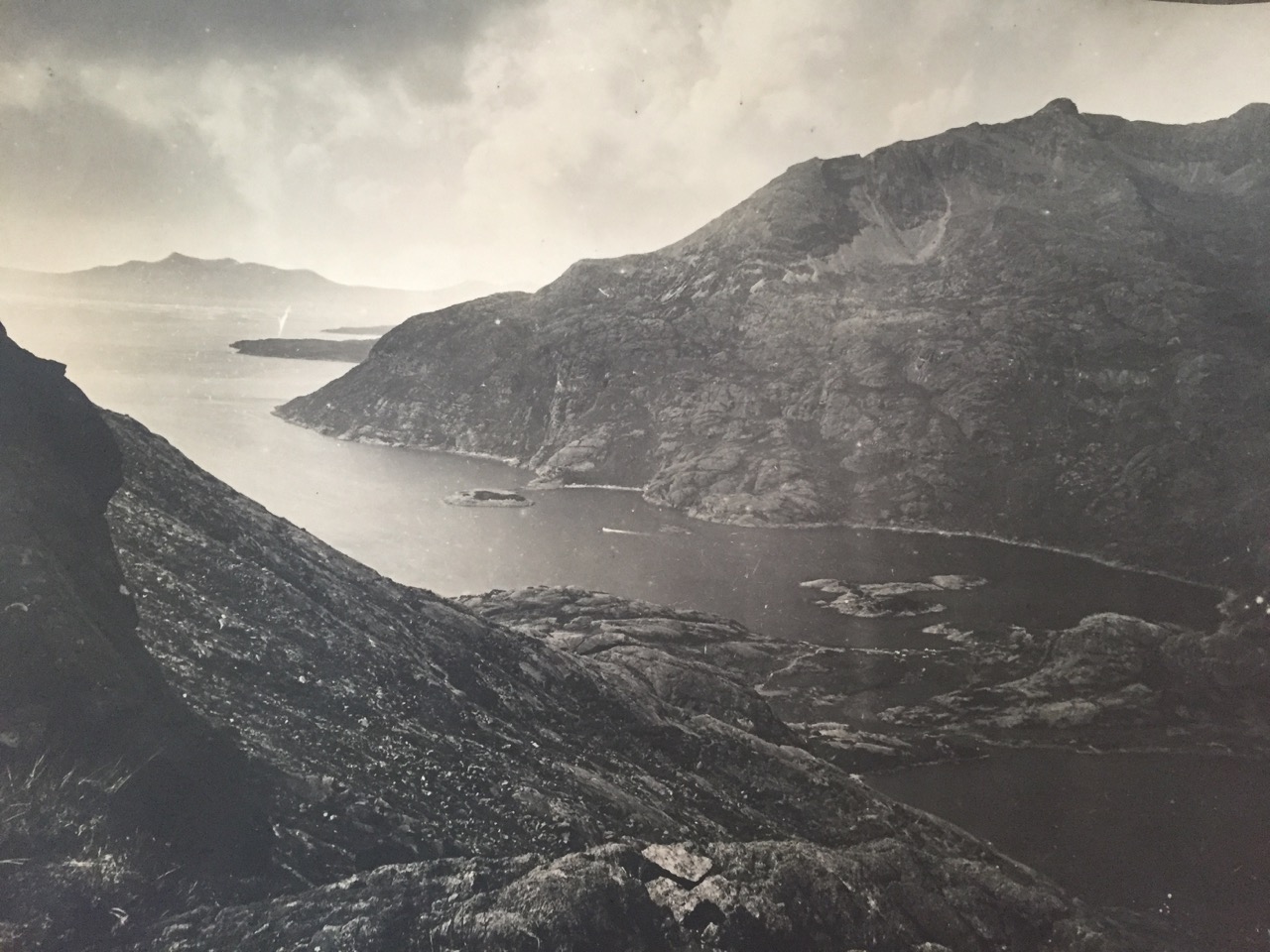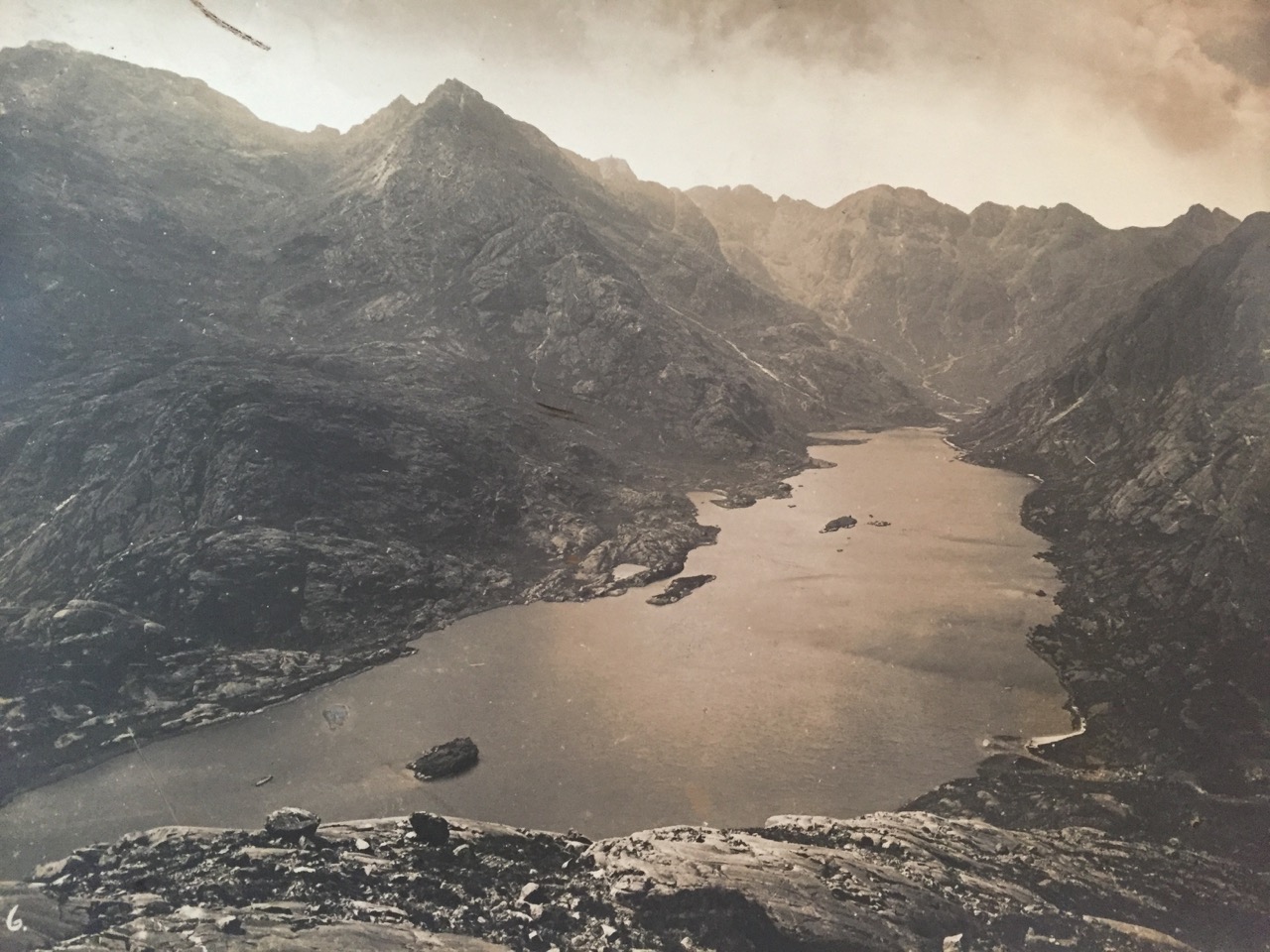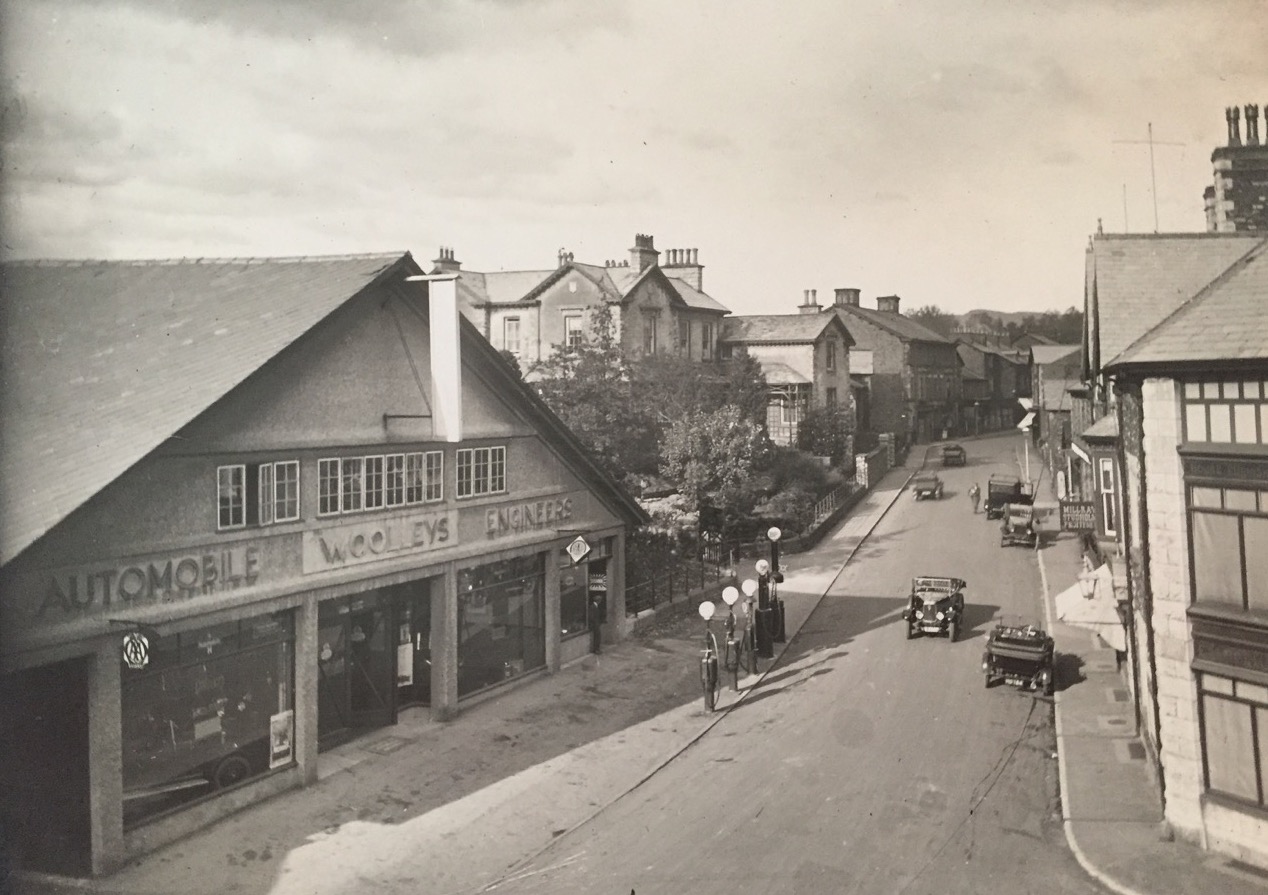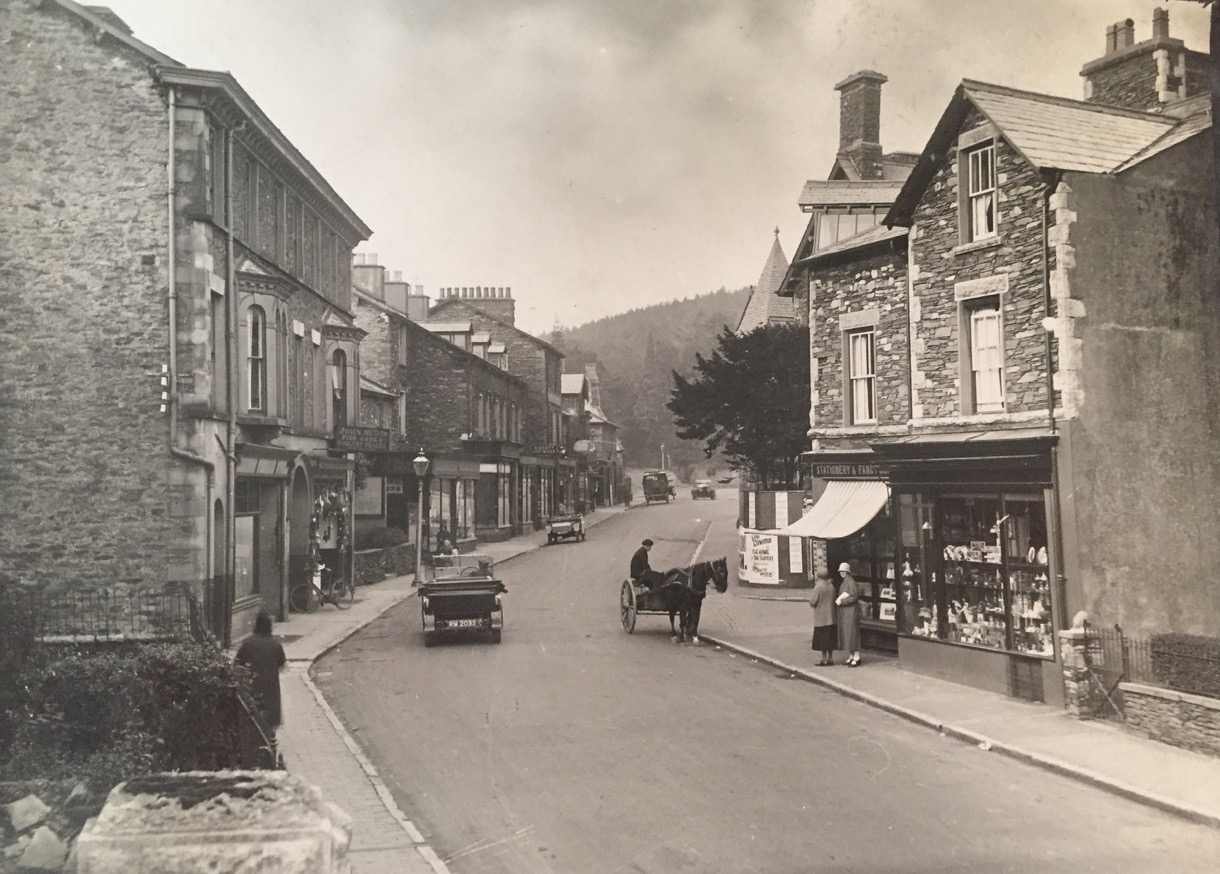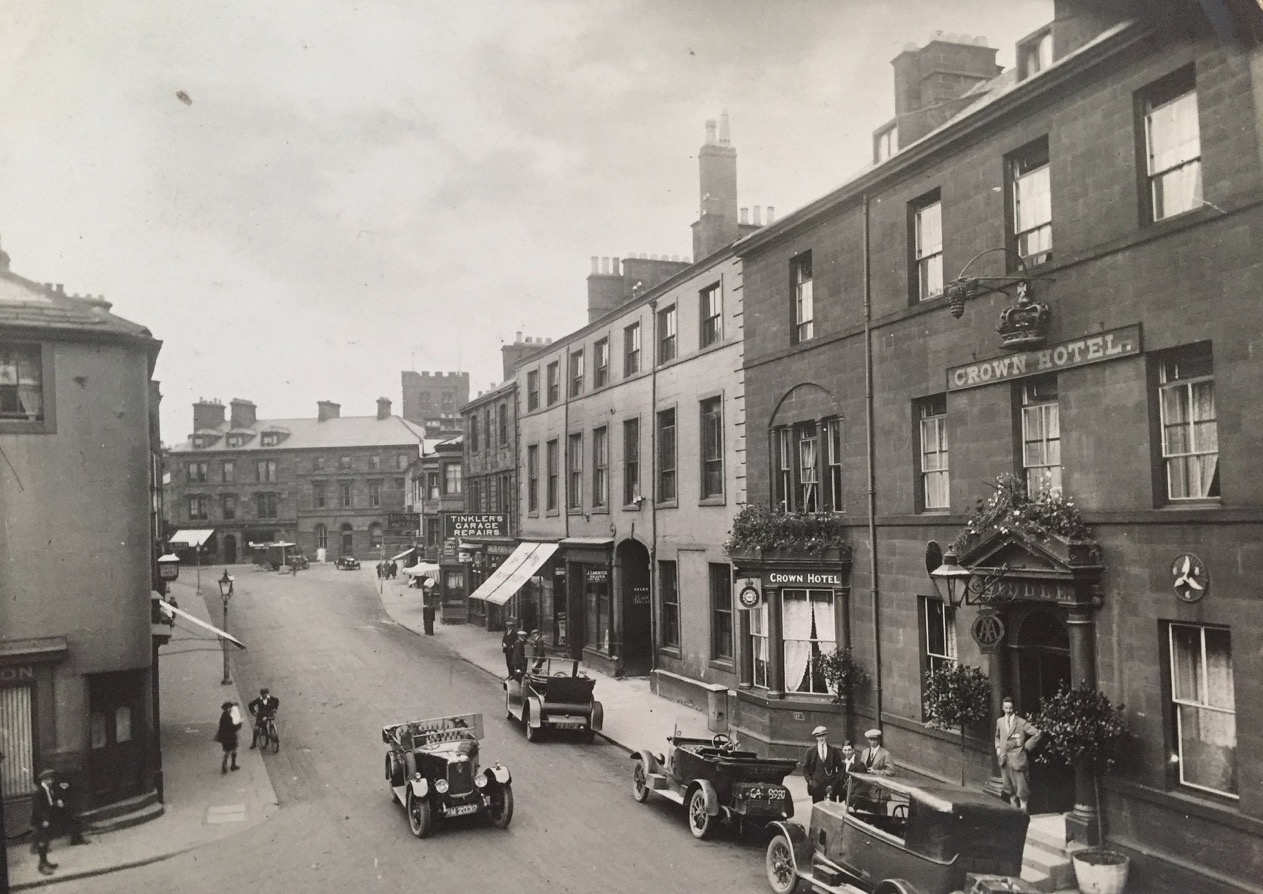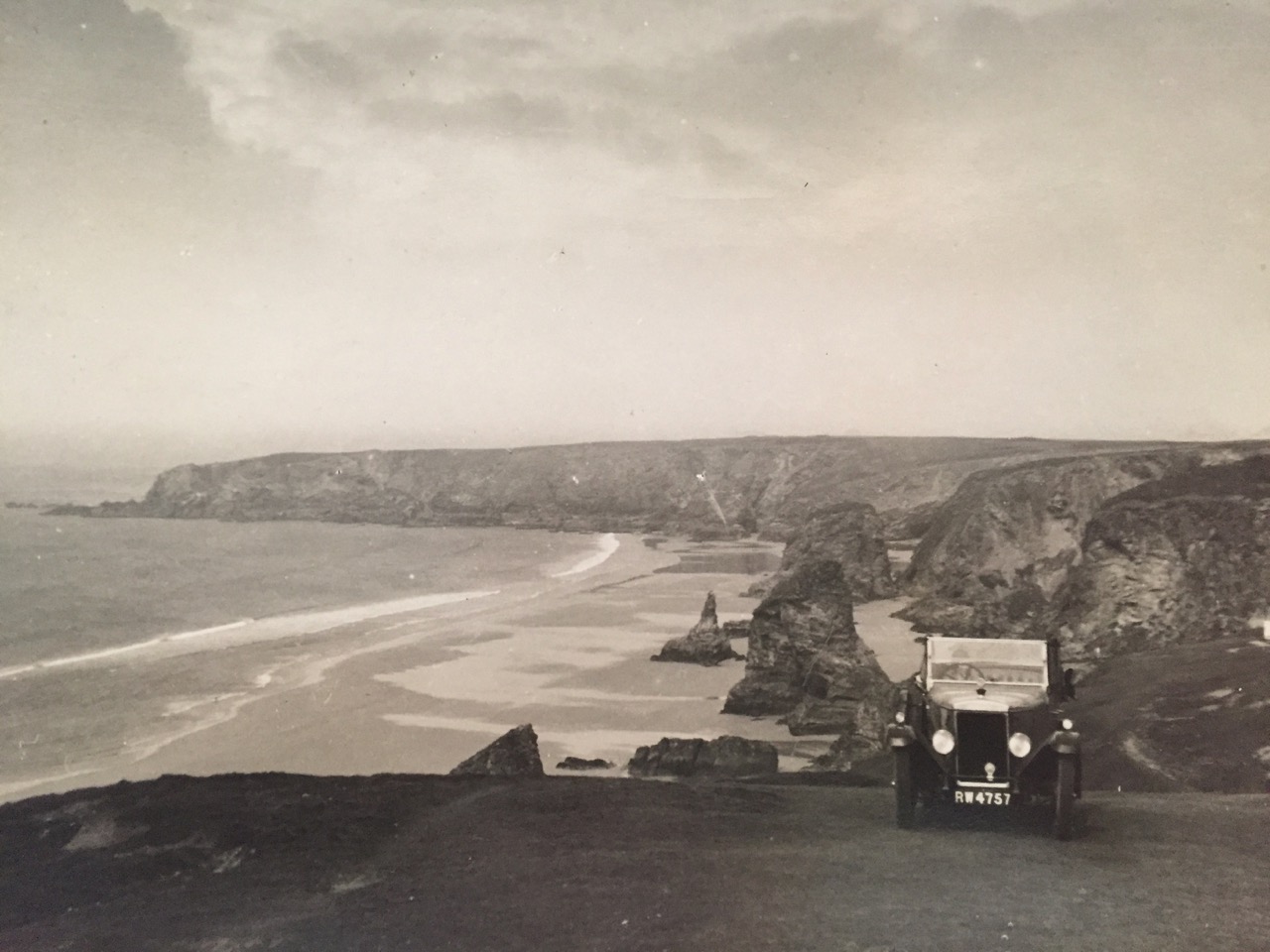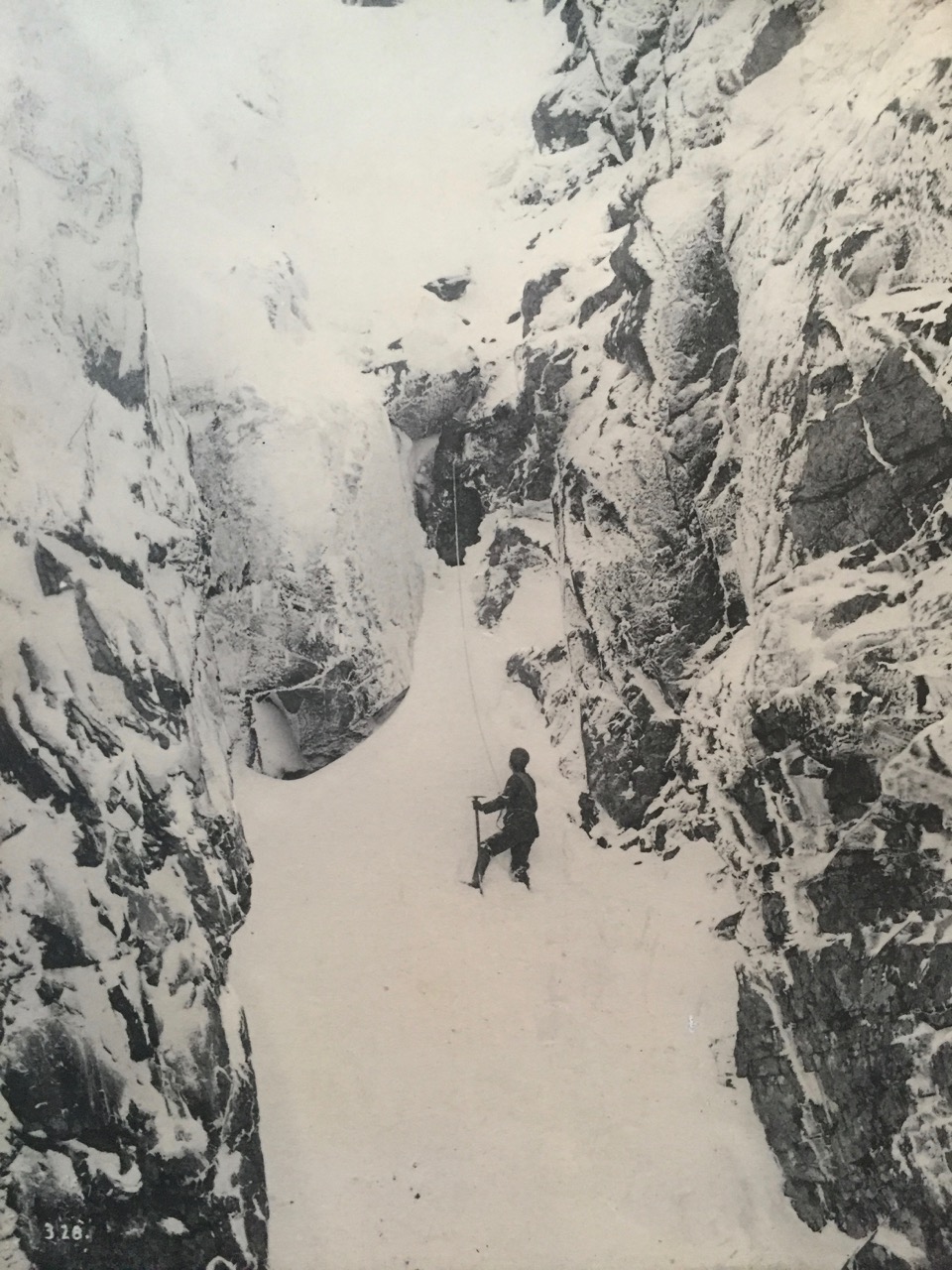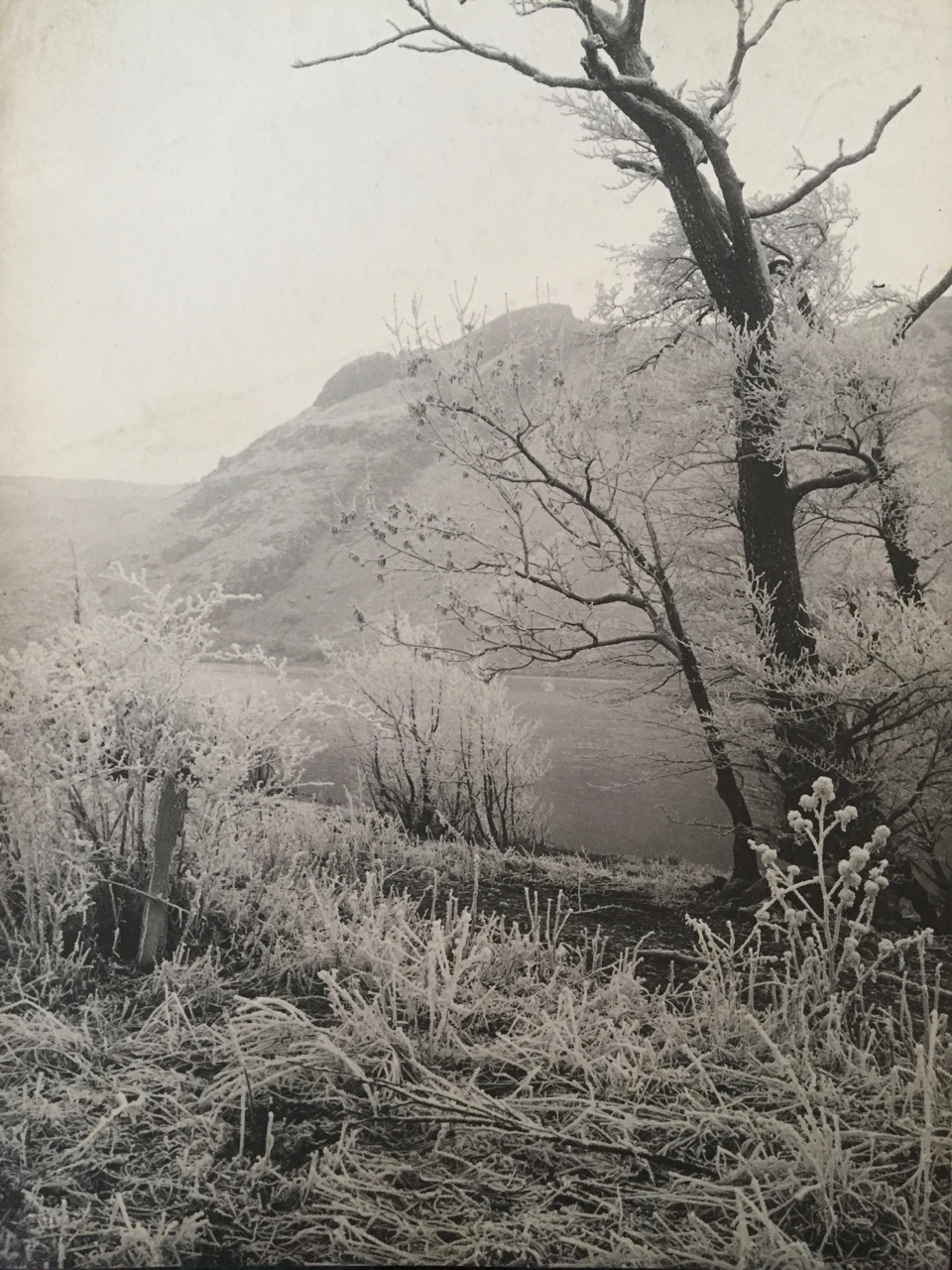The dramatic rock and wide open waters of the English Lake District have long been a source of inspiration for both artists and writers in search for the sublime. Indeed, when asked to conjure up an image of the English Lake District, many of us may well fall back on Wordsworth’s words, Beatrix Potter’s bunnies feasting on buttered toast, or the breathtaking scenery depicted in the work of Turner or Constable. The region has played muse to many over the generations, and has been entertaining tourists in search of their own inspiration from as early as the 18th Century.
Today the Lake District is perhaps best known for its outdoor pursuits, namely walking and climbing, and a heady 17.32 million visitors greet the fells every year. The local towns bustle with amateur adventurers in brightly coloured climbing gear, and the gift shops are filled with black and white postcard views from the past. While many of us consider those iconic images to be a climbing goal, few will have considered - how on earth were they actually taken? Laidlaw Auctioneers and Valuers in Carlisle have the answer, selling a collection of original photographs and postcards by internationally renowned Lakeland photographers the Abraham Brothers in their forthcoming Fine Antiques and Esoteric auction, to be held on Saturday April 8th.
‘Rock climbing is so integral to the life of the Lake District today, that many people might be surprised to hear that it is a relatively recent sport’ says auctioneer Paul Laidlaw. Indeed, the concept of man versus mountain as a ‘sport’ was only established during the late 1880s. As keen enthusiasts and professional photographers based in Keswick, George and Ashley Abraham were perfectly poised to create a photographic record of these early exploits. Climbing with pioneer Owen Glynne Jones, they would capture images which would be used to illustrate Jones’ very successful book Rock Climbing in the English Lake District, published in 1897, and come to define these early years of climbing for posterity.
While today we understand the need for specialist equipment and safety precautions, it is hard to imagine charting these routes wearing the tweed suits and hobnail boots of our ancestors. Furthermore, it is even harder to imagine being the photographer, when you consider the heavy equipment of the day. ‘For every photograph taken from sky scraping peaks, imagine the glass plate camera that required hoisting up there’ says Paul. The photographers were extremely limited in the number of shots they could take, as the large glass plates required, were both heavy and inertly fragile. Only a few could be carried on each expedition, so each photograph would have been carefully selected, not like today’s compact digital camera and unlimited choice. ‘Imagine the fear getting the negatives back down the mountains in one piece.’ adds Paul.
The collection of gelatine silver print photographs to be sold at auction cast light on the Abrahams’ journey in their search for the sublime. The medium, with its immaculate detail and mirrored tones lends itself impressively to the awe inspiring landscape views we have come to expect of the brothers, while several other personal observations included in the auction enable us to travel back in time and see life though the photographer’s lens. These include views from the Keswick studio with forgotten figures amid their daily routine, motor cars on newly hewn roads, Christmas Eve hoar frost in 1904, squat stone buildings erected from tumbled rock faces, and the first crossing of Sky Head Pass by motorbike. With each new image ensnaring the imagination, it is no surprise that the brothers are credited as contributing enormously to the romanticism of the region.
Paul, who has experience auctioneering the works of the Abraham brothers; having previously handled a collection of original glass plate negatives, holds their work in high esteem. ‘By combining adventuring spirit with the photographer’s eye, the Abrahams have left us with a remarkable record of pioneering history in the Lake District that we can all enjoy’ says Paul. ‘The task was dangerous, but it resulted in some of photography’s most memorable images’. Certainly for Jones, the risk was too real, for in 1899 at the age of 32 he was killed when climbing in Switzerland. The Abraham brothers lived out their days in the Lake District, and their famous studio is now immortalised as the popular George Fisher mountaineering and outdoor equipment shop in Keswick, something the bothers would no doubt approve of.

